Fundamentals of Lasers

How Do They Work?
Lasers produce highly coherent, directional beams of monochromatic light. The basic structure of any laser is based on an active medium (either a gas or semiconductor) contained between multiple reflectors. A laser's reflectors contain light by oscillating it through a medium repeatedly allowing the energy to coherently build up with each pass using a process called stimulated emission. Laser radiation escapes due to a partially reflecting mirror in the assembly. This light can be used for a variety of applications including medical equipment, entertainment projectors, sensing for dynamic measurements, laser manufacturing, positioning, and machine vision.
Specifications of a Laser
Beam Diameter: The beam diameter refers to the diameter of the laser beam measured at the exit face of the laser housing. The beam diameter can be defined in several different ways, and for Gaussian beams it is typically described by the 1/e2 width. The 1/e2 width is the distance between the two points on the marginal distribution whose intensities are 1/e2 = 0.135 times the maximum intensity value.
Beam Divergence: While laser beams are assumed to be collimated, they always diverge to a certain degree. The beam divergence defines how much the beam spreads out over increasing distance from the optical aperture. Beam divergence is defined by the full angle. In laser diodes, beam divergence is specified with two values because of the presence of astigmatism (see Diodes vs. HeNe). In this case the orientation of the beam divergence needs to be specified. Figure 1 shows the structure of a laser diode and demonstrates the divergence of the beam leaving the emitting area of the laser.

Figure 1: The structure of a laser diode causes the elliptical beam shape typically associated with laser diodes.
Fan Angle: The fan angle is the angle produced by accessory line or pattern generators. Figure 2 shows how the fan angle of a laser diode module line generator is calculated.

Figure 2: Laser diode module line generator fan angle
Output Power: The output power specified is the maximum power value of the laser light after the beam exits the laser housing. In other words, power is rated before passing through any optics outside of the laser housing. Values stated are typically within +/-10%. The light intensity typically has a Gaussian profile, meaning the intensity is highest at the center of the beam and dissipates radially outwards.
Class: This is the CDRH (Center for Devices and Radiological Health) warning label required on all laser products. The class designation corresponds to the maximum amount of laser radiation emitted from the laser at a specific wavelength.
| Class | Description |
| Class 1 | Non-hazardous. |
| Class 1M | Safe as long as additional optical instruments are not used. |
| Class 2 | Safe for accidental exposure < 0.25s. The natural reflex blink will prevent this from damaging the eye. |
| Class 2M | Safe for accidental exposure < 0.25s as long as optical instruments are not used. |
| Class 3R | Momentarily hazardous. |
| Class 3B | Hazardous. Viewing of diffuse reflection is safe. |
| Class 4 | Hazardous. Viewing of diffuse reflection is also hazardous. Fire risk. |
(Center for Devices and Radiological Health, 2017)
Detectability/Visibility: The visibility of the laser spot (when viewed by your eye or another detector) depends on the signal to noise ratio (SNR). SNR is the ratio of signal power of the laser to the noise from background non-laser illumination. Higher SNR values mean that the laser spot is more detectable. For visual applications, the closer to 550nm (green) the laser wavelength is, the brighter it will appear. In detector applications, it is beneficial to use filtering to increase your SNR and perhaps utilize a lens to limit field of view. Laser wavelengths should be selected to best match a detector's responsivity. Figure 3 shows the relative sensitivity of the eye to different wavelengths.

Figure 3: Relative sensitivity of the eye
Lifetime: Power supplies should be selected to run at the lowest voltage possible to extend the lifetime of the laser. Heat sinks are recommended and must be used if operating near maximum voltages. Maintaining a diode at the low end of the operating temperature range can also extend the laser’s lifetime. Diode modules typically have a lifetime of 10,000 to 20,000 hours.
Laser Accessories

Pattern Generators: Laser pattern generators and projection heads can be mounted on the output side of lasers to generate a variety of patterns including single lines, crosslines, multiple lines, and dot matrices.

Spatial Filters: Spatial filters are assemblies that are used in laser applications to eliminate spatial noise. The beam is focused onto a pinhole which is used to select only the central peak of the intensity pattern. The pinhole’s size is selected based upon the laser wavelength, focusing focal length, and input beam diameter. If the input beam has a Gaussian profile, the resulting output beam still has a Gaussian profile.

Laser Optics: With higher-powered lasers, it is especially important to consider the surface quality and coatings of the optics used in the beam path. Extra care must be taken when selecting laser line mirrors, laser grade lenses, and other laser optics. Optics with lower surface quality may be damaged by scatter or local heating and electric field concentrations at scratches or digs on the surface.

Laser Measurement Devices: A variety of power meters, viewers, detector cards, and other means of characterizing your laser are available in our catalog.

Beam Expanders: Laser beam expanders are designed to transform input collimated beams to larger output collimated beams. Expanding a beam will also decrease divergence by the expansion factor, which is a major advantage for certain applications despite the initial increase in beam diameter.
Please see our application notes on beam expander basics and the advantages of using beam expanders for more information.
Mounting and Positioning Laser Diodes
Mounting Options: There are several options for mounting and positioning lasers. Diodes can be held using one of our Diode Mounts, which are convenient because they offer a ball and socket aiming adjustment and adapt to ¼-20 threading. However, diodes can also be held in our V-Block Bases, which are traditionally used for HeNe lasers. Our twin-ring Metric Laser Holders can also be used for HeNe cylindrical lasers. The laser should use a heat sink whenever possible, especially since most diodes are temperature-sensitive.
Alignment and Positioning: All lasers inherently have an associated tolerance for pointing accuracy, or alignment. Pointing accuracy is a measure of the angular difference between the propagation axis (where the laser light is pointing) and the mechanical axis (where the housing is pointing). Make sure that the mount has the adjustment to take some of those tolerances into consideration. Figure 4 demonstrates the effects of a pointing accuracy error in a laser.

Figure 4: Pointing accuracy error in a laser
Note: To measure the pointing accuracy of your laser, simply spin the housing (this is best attempted on a V-block of some sort). The spot will trace a circle at a certain distance. By measuring the distance D and radius R (see illustration), we can calculate the angle of the pointing error. Simply mount the housing at that angle to ensure that the laser propagation is accurately aligned.
Laser Diodes vs. Helium Neon Lasers
A very common laser question is, "When is a HeNe more suitable than a diode or vice-versa?" The answer to this question is application dependent. The easiest way to make an informed decision is to understand the advantages and disadvantages of each type of laser, based on your needs. The following table offers a comparison of typical specifications and property characteristics of the lasers we offer.
| Helium-Neon | Diode | |
| Common Wavelengths | 632.8nm | 405nm, 488nm, 514nm, 532nm, 635nm, 640nm, 655nm, 660nm, 670nm, 780nm, 785nm, 808nm, 830nm, 850nm, 1064nm |
| Size (housing) | Large (7~25”), replacement is difficult | Compact, replacement/repair is easy |
| Beam Size | ~0.5-1mm (circular) | ~2.5-5mm (either circular or astigmatic/elliptical) |
| Output Power | 0.25-22.5mW (min. values stated) | ~1-100mW, some modulated (max. values stated). Some specialized laser diode systems get up to 5W |
| Beam Divergence | ~1-2mrad (circular) | ~0.5-1mrad (either circular or astigmatic/elliptical) |
| Power Modulation/Pulsing | Modulated power uncommon | Several specialty versions are available |
| Power Stability/Noise | Stable versions available | Typically noisy |
| Cost | High cost (long lifetime) | Low cost (usually easily replaceable) |
| Lifetime | 10-40,000 hours (depending on type) | 10-20,000 hours (depending on type) |
| Sensitivity to Environment | Not typically temperature sensitive | Wavelength/lifetime changes slightly with temperature (use heat sinks) |
| Accessories Available | Pattern Generator (refractive/diffractive), and many more. Many accessories are interchangeable with bezel adapter. | Focusing, Pattern Generator (refractive/diffractive), and many more. Interchangeability is typically limited to the diode's original configuration. |
| Astigmatism: Divergence difference for the x and y axis |
The focused spot blurs symmetrically in and out from focus | The focused spot can either blur symmetrically or elliptically (orthogonal orientation in and out from best focus) |
| Coherence Length: Used in holography, interferometry |
Long coherence length (~20-30cm) | Short coherence length (a few millimeters) |
| Polarization: Important if optical path is folded |
Available in random and linear polarization | Most are highly polarized |
| Integration | Easy to plug in; power supplies either come self-contained with the laser or are sold separately | Many come with wire leads (optional power supplies are available) |
| Typical Applications | Holography, Interferometry, Metrology | Alignment, Machine Vision, Scanning, Sensing (go/no-go) |
Resources
- Center for Devices and Radiological Health. "Laser Products and Instruments." U S Food and Drug Administration Home Page. Center for Devices and Radiological Health, n.d. Web. 25 July 2017.

















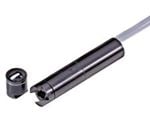
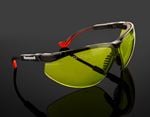
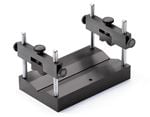
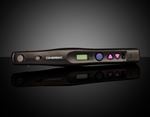
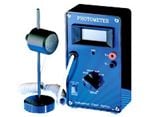
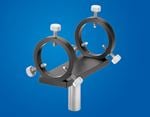
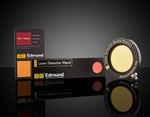

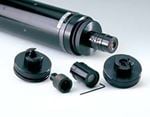
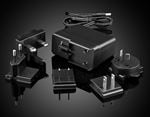
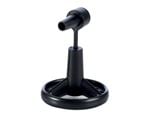
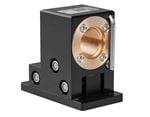
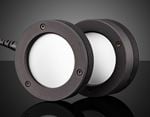
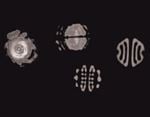
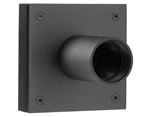
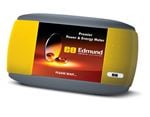
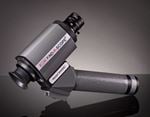
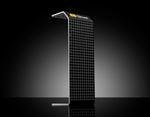
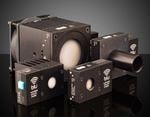
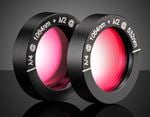
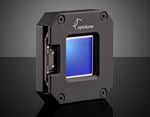
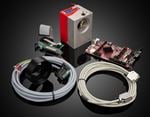
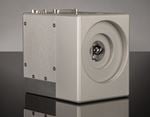
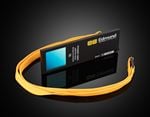
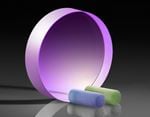
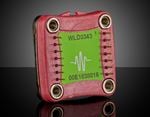
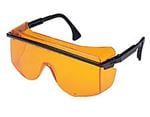
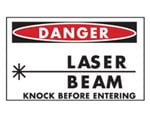
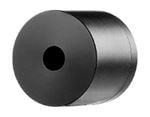
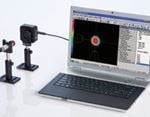
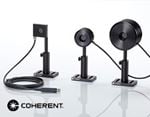
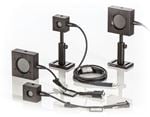
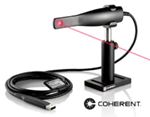
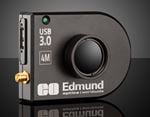

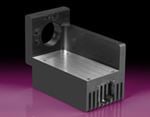

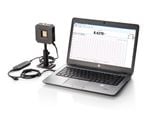
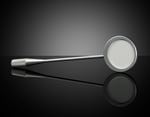
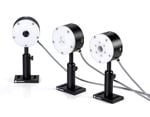
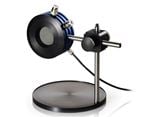
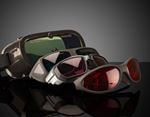
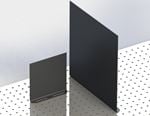
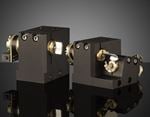
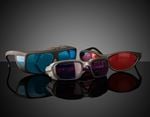
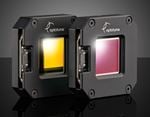
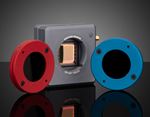
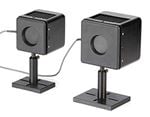
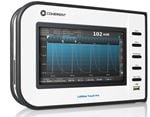
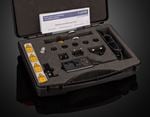
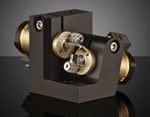
或查看各区域电话
报价工具
只需输入商品编号
Copyright 2023, 爱特蒙特光学(深圳)有限公司。— 广东省深圳市龙华工业东路利金城科技工业园3栋5楼 518109 - 粤ICP备2021068591号